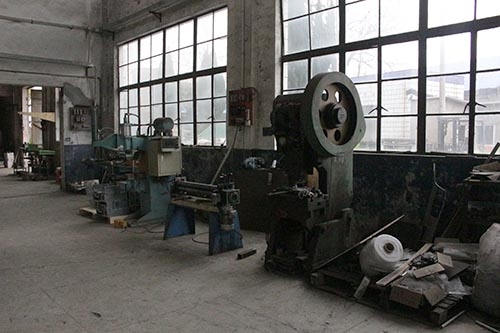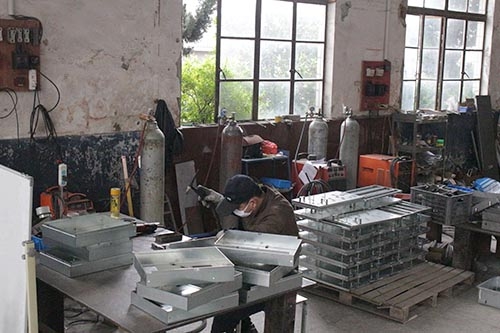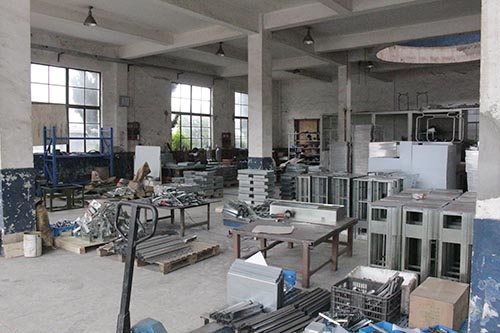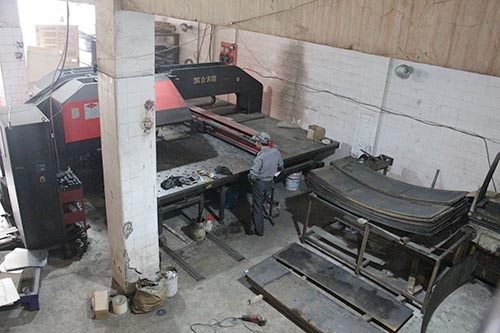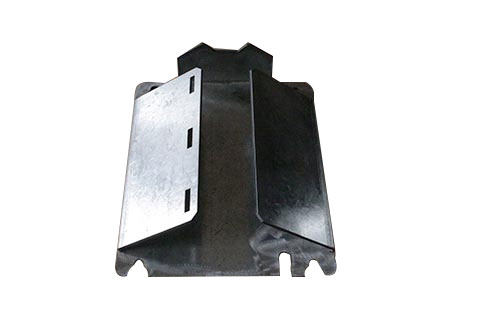Process characteristics and scope of use of automated sheet metal processing
Release date:2019-04-12
The automated sheet metal machining center maximizes the number of times the workpiece is clamped, eliminates positioning errors caused by repeated clamping, and improves machining accuracy. When the azimuth precision of each part of the part is relatively high, the machining center machining can process each part in one clamping, which avoids the positioning error caused by repeated clamping of the workpiece, which is beneficial to ensure the orientation of each processing part. Precision requirements.
At the same time, the machining center mostly uses semi-closed loops and even full-closed azimuth compensation functions. It has relatively high positioning accuracy and repeated positioning accuracy. The scale error occurring during the machining process can be compensated in time. Compared with ordinary machine tools, it can be higher. Scale accuracy. In addition, the selection of machining center processing can also greatly reduce the auxiliary time for loading and unloading workpieces, save a lot of special and general process equipment, and reduce the production cost of enterprises.
Shanghai Jinjin
Automated sheet metal processing Because of the high rigidity of the machining center and the power (how much work the object does in a unit of time), it is necessary to use a larger cutting amount in the machining process, which can save processing time. Shanghai sheet metal processing is a key technology that sheet metal technicians need to grasp, and is also an important process for the formation of sheet metal products. It includes traditional cutting and blanking, blanking, bending and forming methods and process parameters, as well as various cold stamping die structures and process parameters, various equipment operating principles and operating methods, as well as new stamping technology and New Technology. However, the temperature rise that occurs under such conditions affects the machining accuracy of the part, so it is necessary to select suitable tools and fixtures and pay attention to adequate cooling. Properly organize the processing steps and confirm the processing steps of the parts. First consider the following aspects:
Confirm the machining base, reference hole, machining allowance, etc. of the part. The final accuracy requirements and heat treatment requirements should be taken into account when confirming the contents of the finished web site. For some complex parts, because of the thermal deformation, internal stress, part deformation and other deformations that occur during processing, it has to be finished in two or more times.
The order of automated sheet metal processing shall be in accordance with the principle of coarse and fine refining, that is, heavy cutting and roughing are performed first, but most of the machining allowance on the blank of the part is removed, and then the heat generation (Heat) is small and the processing requirement is not high. The process allows the parts to have sufficient time to cool before finishing and finally finish. The gold and gold processing technology of Gusu is not yet a complete definition. According to a definition in a foreign professional journal, it can be defined as: sheet metal is a comprehensive cold-working process for metal sheets (usually below 6mm), including shearing, punching/cutting/compositing, folding, riveting, Stitching, forming (such as car body). The Gusu chassis processing sheet metal chassis processing materials will be sent to the CNC punch / cut start, punching / cutting process. In the bending process, the primary consideration is tool selection, bending sequence, bending compensation, and bending interference. According to the condition of the sheet metal chassis, the welding, grinding, painting, assembling, packaging and other processes are carried out. Each process should maximize the reduction of the amount of idle travel and maximize the number of tool exchanges. The processing sequence advocated is: milling large plane (coarse fine separation), a rough boring hole, a Lenzing boring, an end mill, a machining center, a drilling hole, a hole, a rose thread, a surface finishing (twisting,镗, fine milling, etc.).
Previous:Briefly describe the technology of laser cutting sheet metal
Next:None


